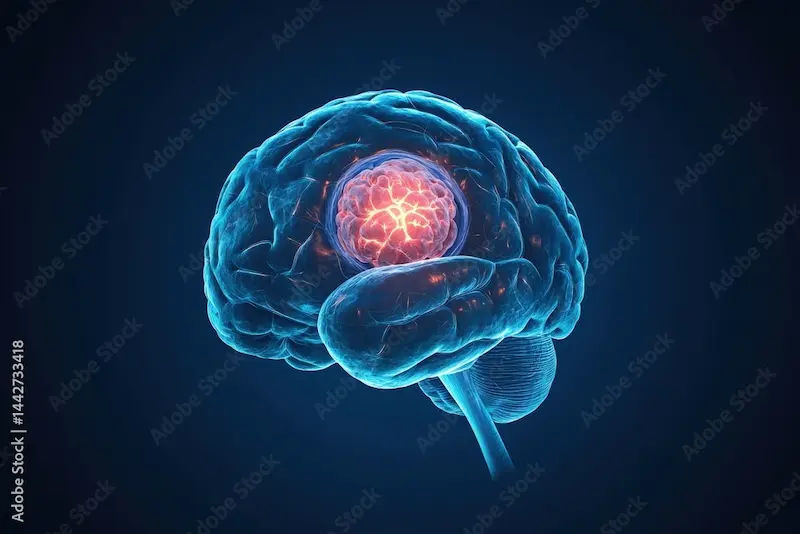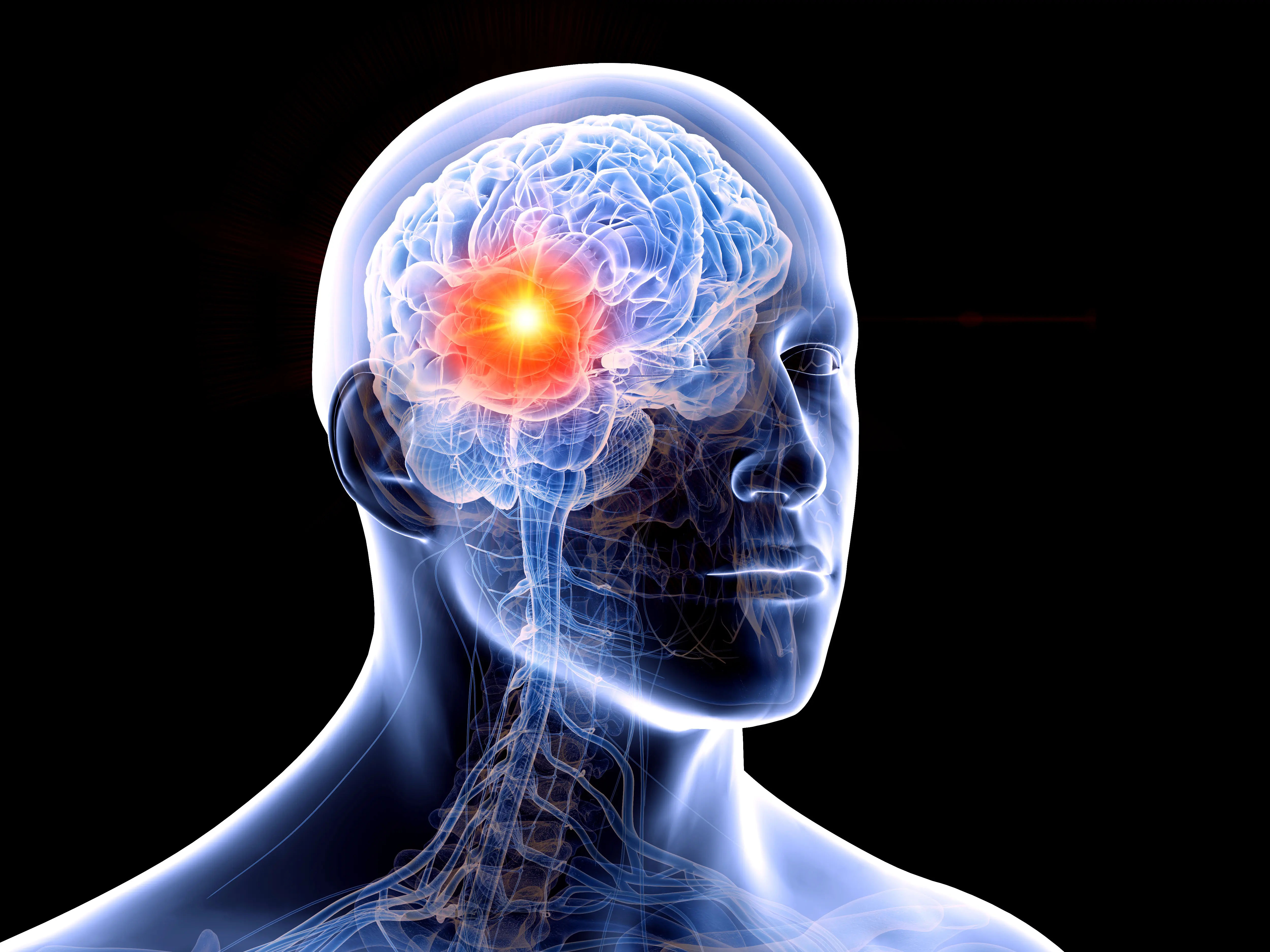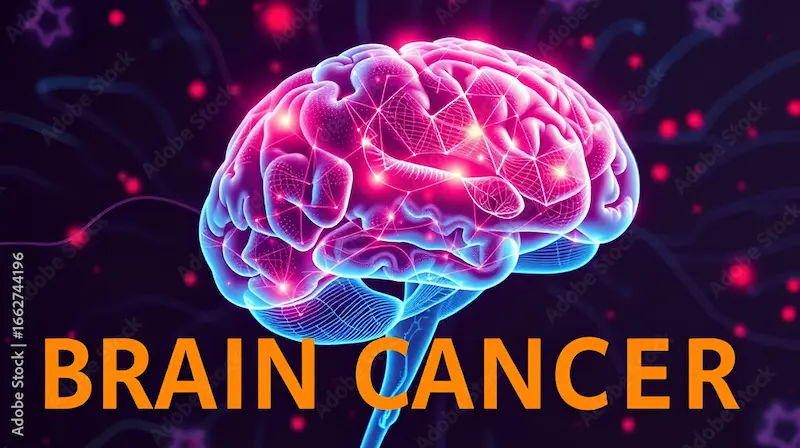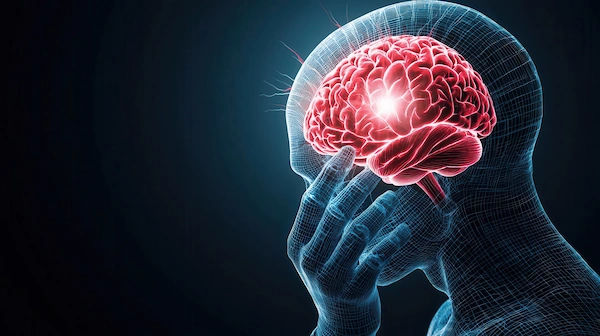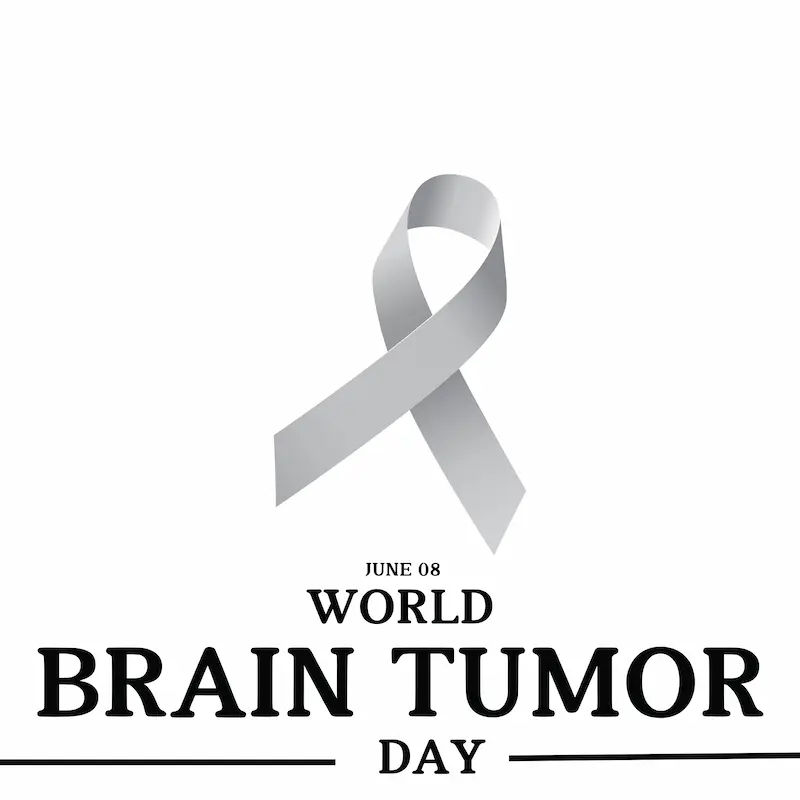Guide to Brain Tumours Children
Understand childhood brain tumors: causes, symptoms, diagnosis, and treatment options. Essential guide for parents and caregivers. Get reliable information now.
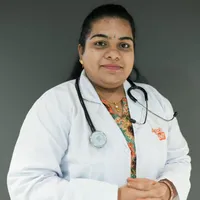
Written by Dr. Dhankecha Mayank Dineshbhai
Reviewed by Dr. Siri Nallapu MBBS
Last updated on 6th Oct, 2025

Introduction
Hearing the words "brain tumour" in relation to your child is a moment no parent is prepared for. It can feel overwhelming, frightening, and isolating. However, in the face of this challenge, knowledge becomes your most powerful ally. This guide is designed to walk you through the complex landscape of childhood brain tumours, offering clear, compassionate, and comprehensive information. We will explore the subtle signs and symptoms to watch for, demystify the different types of tumours, and explain the modern treatment options available today. Advances in pediatric oncology have significantly improved outcomes, and many children go on to live full, healthy lives. Our goal is to empower you with understanding, from the initial diagnosis through treatment and into survivorship, while emphasizing that you are not alone on this journey. Remember, this information supports but does not replace professional medical advice; always consult your child's healthcare team for diagnosis and treatment planning.
What is a Pediatric Brain Tumour?
A brain tumour is a mass or growth of abnormal cells in the brain or central nervous system. In children, pediatric brain tumours are fundamentally different from those in adults. They often occur in different locations, have different cell types, and may behave differently. While they are the most common solid tumour in children, they are still relatively rare, accounting for about 15-20% of all childhood cancers.
How Brain Tumours Differ in Children vs. Adults?
The key difference lies in their origin and impact. Adult brain tumours are often secondary, meaning they have spread from cancers elsewhere in the body (metastatic). In contrast, most childhood brain tumours are primary, starting in the brain itself. Furthermore, a child’s brain is still developing, so a tumour can affect critical functions like learning, hormones, and growth in ways that are unique to young patients. Treatments must be carefully tailored to minimize long-term damage to developing tissues, which is a primary focus of modern pediatric oncology.
Recognizing the Signs: Common Symptoms of Childhood Brain Tumours
The symptoms of a brain tumour can be vague and mimic other common childhood illnesses. However, persistence and a combination of symptoms are key red flags.
Health Topic Carousel:
Doctor Speciality: General Physician
Text: Consult Top Specialists
Symptoms Related to Increased Pressure in the Brain
As a tumour grows, it can take up space, causing increased intracranial pressure (ICP).
Headaches: Often worse in the morning or that wake the child from sleep.
Nausea and Vomiting: Especially in the morning, unrelated to food.
Unexplained Fatigue or Lethargy.
Vision, Hearing, or Speech Problems: Such as double or blurred vision.
Symptoms Related to the Tumour's Specific Location
The brain controls everything, so where the tumour is located dictates specific symptoms.
Frontal Lobe: Changes in personality, behaviour, or weakness on one side of the body.
Cerebellum: Problems with balance, coordination, and walking (ataxia).
Brain Stem: Difficulty swallowing, facial weakness, or double vision.
Seizures: New-onset seizures without a history of epilepsy are a significant warning sign.
General Symptoms in Infants and Toddlers
In very young children who cannot verbalize their symptoms, watch for:
Increased Head Circumference: A bulging or full soft spot (fontanelle).
Excessive Irritability or Crying.
Developmental Regression: Losing previously acquired skills like sitting or walking.
Unique Insight: Many parents report a "gut feeling" that something is wrong, even before specific symptoms appear. If your child's behaviour or health seems persistently "off" in a way you can't explain, trust your instincts and seek a thorough medical evaluation. If symptoms like persistent morning headaches or unexplained vomiting continue, consult a pediatric neurologist online with Apollo24|7 for further evaluation.
Types of Brain Tumours in Children
There are over 100 types of brain tumours, but a few account for most pediatric cases.
Medulloblastoma
This is the most common malignant brain tumour in children. It arises in the cerebellum (the lower back part of the brain that controls balance) and tends to spread through the cerebrospinal fluid. It is fast-growing but often responds well to aggressive treatment.
Pilocytic Astrocytoma
This is the most common brain tumour in children overall and is usually benign (non-cancerous). It is slow-growing and often appears as a cyst in the cerebellum or optic pathway. The prognosis is generally excellent with surgical removal.
Ependymoma
These tumours arise from ependymal cells lining the ventricles (fluid-filled spaces) of the brain. Their location can make them challenging to remove completely with surgery.
Brain Stem Glioma
These tumours occur in the brain stem, which controls vital functions like breathing and heart rate. A specific type called Diffuse Intrinsic Pontine Glioma (DIPG) is particularly aggressive and difficult to treat.
How Are Brain Tumours Diagnosed?
If a brain tumour is suspected, the diagnostic process is systematic and precise.
The Neurological Exam
This is the first step. A doctor will test vision, hearing, balance, coordination, reflexes, and strength to identify any neurological deficits.
Imaging Tests: MRI and CT Scans
MRI (Magnetic Resonance Imaging) is the gold standard. It provides detailed, 3D images of the brain and is crucial for identifying the tumour's size, location, and characteristics. Often, a contrast dye is used to make the tumour more visible.
CT (Computed Tomography) Scan may be used first in emergency situations to quickly check for bleeding or significant masses.
The Biopsy: Confirming the Diagnosis
To determine the exact type of tumour, a neurosurgeon performs a biopsy, removing a small sample of tissue. A pathologist then analyzes the cells under a microscope. This is critical for grading the tumour (how aggressive it looks) and planning the correct treatment.
Treatment Options for Childhood Brain Tumours
Treatment is highly individualized and typically involves a multidisciplinary team of specialists.
Surgery: The First Step
The primary goal of surgery is to remove as much of the tumour as possible without damaging healthy brain tissue. For some low-grade tumours, surgery alone can be curative.
Radiation Therapy
This uses high-energy beams to kill tumour cells. It is very effective but is used cautiously in young children because it can affect brain development. Advanced techniques like proton therapy can more precisely target the tumour, sparing surrounding healthy tissue.
Chemotherapy
These are powerful drugs that kill rapidly dividing cells. Chemotherapy is often used after surgery to destroy any remaining cells, or for tumours that are known to respond well to it. The specific drugs and regimens depend on the tumour type.
Targeted Therapy and Clinical Trials
These newer treatments target specific molecules involved in tumour growth. They may have fewer side effects than traditional chemotherapy. For some families, enrolling in a clinical trial provides access to cutting-edge treatments. Discuss all options, including potential long-term effects of pediatric cancer treatment, with your oncologist.
Life After Treatment: Survivorship and Long-Term Care
The end of active treatment is a major milestone, but it marks the beginning of the survivorship phase.
Managing Late Effects of Treatment
"Late effects" are health problems that can occur months or years after treatment. These can include learning disabilities, hormonal deficiencies, hearing or vision loss, and secondary cancers. Regular follow-up care is essential to monitor and manage these issues.
The Importance of Rehabilitation
Many children need rehabilitation to regain function. This may include:
Physical Therapy: To improve strength and balance.
Occupational Therapy: To relearn daily living skills.
Speech Therapy: For swallowing or communication difficulties.
Cognitive Remediation: To address learning and memory challenges.
Finding Support: You Are Not Alone
This journey can be emotionally taxing for the entire family. Seeking support is a sign of strength.
Talk to a Social Worker or Counselor: They can help you navigate emotions and practical challenges.
Join Support Groups: Connecting with other parents who understand your experience is invaluable.
Include Siblings: They also need attention and support to process their feelings.
Utilize Hospital Resources: Most major pediatric centers have robust family support programs.
Conclusion
Facing a diagnosis of a brain tumour in your child is one of life's most difficult challenges. The path ahead may seem daunting, but it is a path walked with a growing community of survivors, dedicated medical professionals, and supportive families. Armed with accurate information, you can be an effective advocate for your child within the healthcare system. Remember that medical science is constantly advancing, offering new hope and more refined treatments with fewer side effects. Focus on taking one step at a time, celebrating small victories, and leaning on your support network. Your love, resilience, and advocacy are powerful medicines in themselves. While the journey is tough, there is always room for hope, healing, and a bright future for your child.
Health Topic Carousel:
Doctor Speciality: General Physician
Text: Consult Top Specialists
Frequently Asked Questions (FAQs)
1. What are the earliest signs of a brain tumour in a child?
A. The earliest signs are often subtle and non-specific, like persistent headaches (especially in the morning), unexplained nausea/vomiting, changes in balance or coordination, or a sudden decline in school performance. A combination of these symptoms that persists warrants a medical opinion.
2. Are all brain tumours in children cancerous?
A. No. Many childhood brain tumours, like pilocytic astrocytoma, are benign (non-cancerous). However, even benign tumours can be serious because they can grow and press on critical parts of the brain, requiring treatment.
3. What causes brain tumours in children?
A. In the vast majority of cases, the cause is unknown. A very small percentage are linked to specific genetic syndromes (like Neurofibromatosis), but for most children, there is no identifiable cause or preventable risk factor.
4. What is the survival rate for childhood brain tumours?
A. Survival rates vary dramatically depending on the tumour type, location, and how early it is detected. For some low-grade tumours, the survival rate is over 90%. For more aggressive types, it is lower. It's essential to discuss prognosis specifically with your child's oncologist based on their unique situation.
5. Can a child live a normal life after a brain tumour?
A. Many children do go on to live full, productive lives. The goal of modern treatment is not just survival but quality of life. With appropriate medical care, rehabilitation, and educational support, children can thrive, though some may face long-term challenges that require ongoing management.
Consult Top Specialists for Personalised Tips

Dr. Hariprasath J
General Physician/ Internal Medicine Specialist
19 Years • MD (Gen Med), FCCP, Dip (Diabetology, UK)
Chennai
Apollo First Med Hospitals P H Road, Chennai
(200+ Patients)
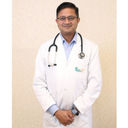
Dr. Promise Jain
General Physician/ Internal Medicine Specialist
20 Years • MBBS, DNB Medicine, TDD, MNAMS, PGCDM, CCEBDM, CCMTD,PGDE Senior Consultant- Internal Medicine Head- Department of critical care Apollo Sage Hospital, Bhopal, MP Intensivist, Diabetes, Thyroid , Physician
Bhopal
Apollo Sage Hospitals, Bhopal

Dr. M C S Reddy
General Physician/ Internal Medicine Specialist
9 Years • MBBS, MD (Gen. Med.), Dip.Diabetoogy, IDCC
Nellore
Apollo Speciality Hospitals, Nellore
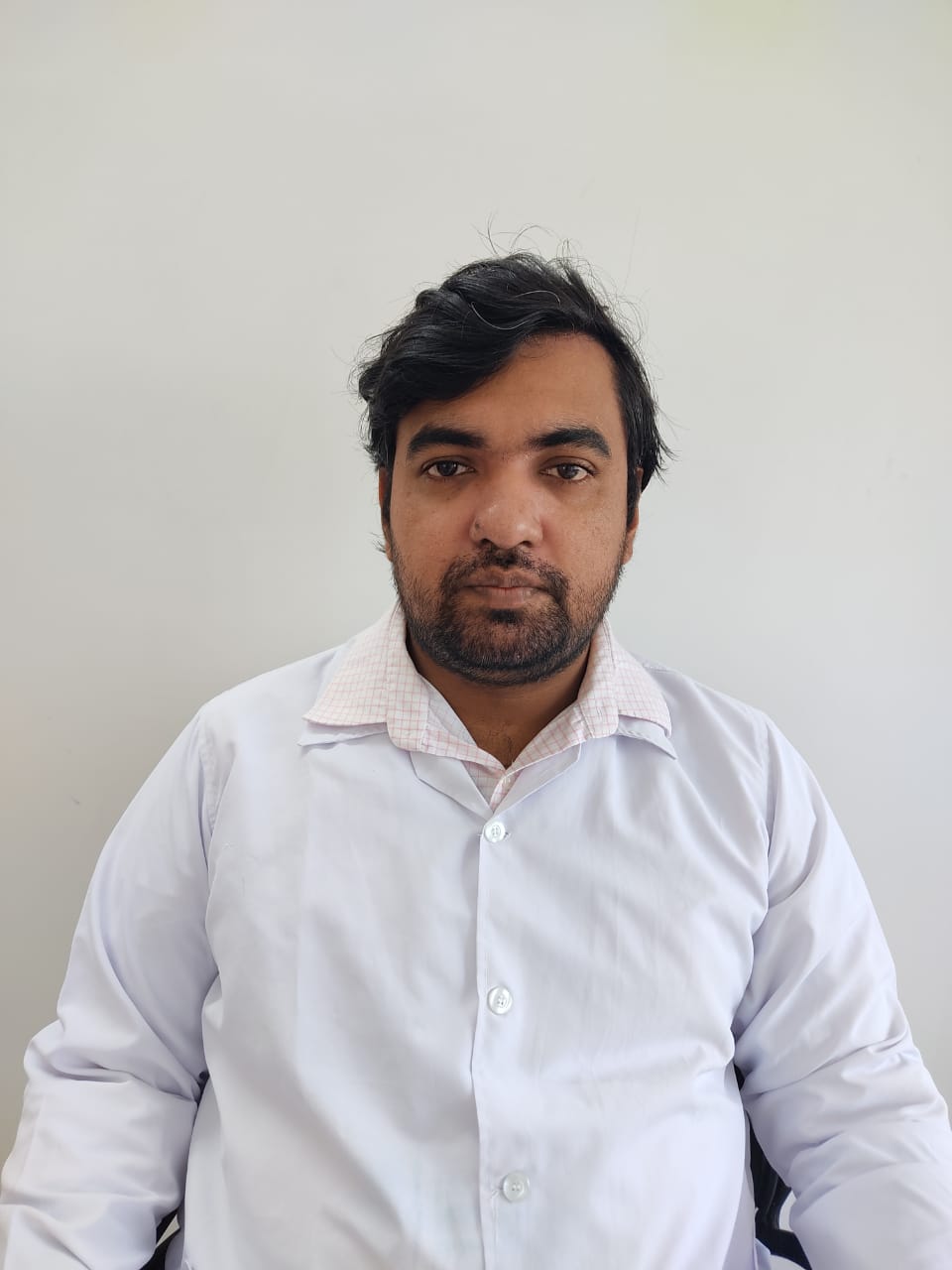
Dr. Mijanur Rahaman Mondal
General Practitioner
3 Years • MBBS
Kolkata
Dr Utsa Basu Clinic, Kolkata
(25+ Patients)
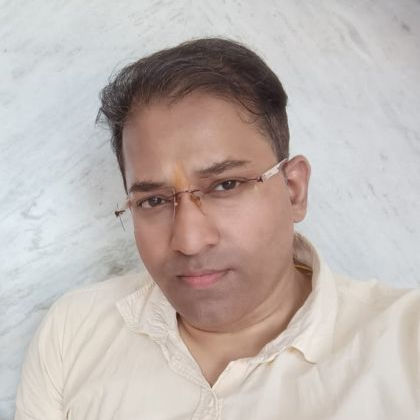
Dr. Harshendra Jaiswal
General Physician/ Internal Medicine Specialist
12 Years • MBBS , MD (General medicine)
Kolkata
108 DHANA DHANVANTARI Clinic, Kolkata
(25+ Patients)
Consult Top Specialists

Dr. Hariprasath J
General Physician/ Internal Medicine Specialist
19 Years • MD (Gen Med), FCCP, Dip (Diabetology, UK)
Chennai
Apollo First Med Hospitals P H Road, Chennai
(200+ Patients)

Dr. Promise Jain
General Physician/ Internal Medicine Specialist
20 Years • MBBS, DNB Medicine, TDD, MNAMS, PGCDM, CCEBDM, CCMTD,PGDE Senior Consultant- Internal Medicine Head- Department of critical care Apollo Sage Hospital, Bhopal, MP Intensivist, Diabetes, Thyroid , Physician
Bhopal
Apollo Sage Hospitals, Bhopal

Dr. M C S Reddy
General Physician/ Internal Medicine Specialist
9 Years • MBBS, MD (Gen. Med.), Dip.Diabetoogy, IDCC
Nellore
Apollo Speciality Hospitals, Nellore

Dr. Mijanur Rahaman Mondal
General Practitioner
3 Years • MBBS
Kolkata
Dr Utsa Basu Clinic, Kolkata
(25+ Patients)

Dr. Harshendra Jaiswal
General Physician/ Internal Medicine Specialist
12 Years • MBBS , MD (General medicine)
Kolkata
108 DHANA DHANVANTARI Clinic, Kolkata
(25+ Patients)
